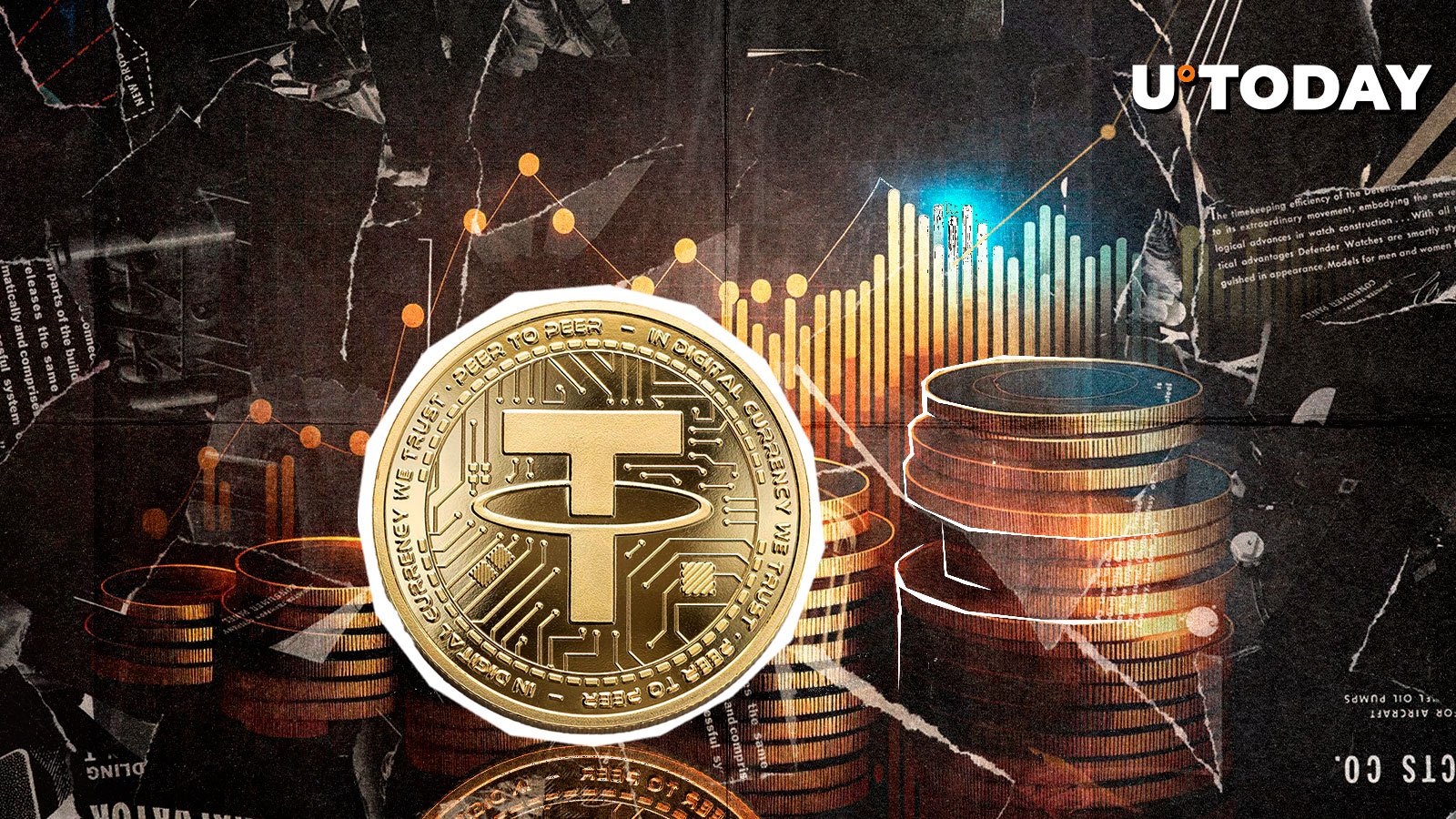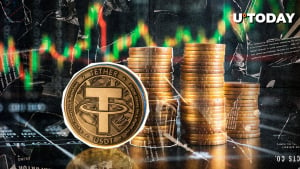The cryptocurrency market is in a bullish frenzy as Tether (USDT) stablecoin has stunned the space with a large minting of 2,000,000,000 USDT. According to Arkham Intelligence, a crypto analytics platform, immediately after issuing a large volume of USDT, Tether sent half to Binance.
USDT: Binance inflow and institutional engagement
This development suggests that the Binance exchange is likely experiencing high liquidity demand, and the freshly minted $1 billion worth of USDT it received is intended to meet this request. Generally, such massive minting is often linked to institutional demand.
Notably, this large inflow of USDT signals a possible increase in trading activity, which could lead to market rallies or dumps. This minting comes after the Bitcoin price reclaimed $119,000 in a frantic push to reclaim its previous ATH.
This largely depends on how market participants respond to the influx. If most investors consider it a strategic move by institutional investors, it could trigger bullish sentiment.
Notably, there has been an increase in institutional demand for prominent assets such as Bitcoin and Ethereum. The surge in demand for the Binance exchange could have been a catalyst for the supply.
Tether’s circulation surpasses $160 billion milestone
Meanwhile, in a post on X, Paolo Ardoino, CEO of Tether, has celebrated a significant milestone for Tether. According to Ardoino, USDT has now reached a total of $160 billion worth of tokens in circulation. The update highlights the growing adoption of USDT worldwide.
As of August 2024, Tether’s total circulation was valued at approximately $118.4 billion. This emphasizes the growth and scale of Tether on the global financial market, ranking as the most widely circulated stablecoin.
Ardoino acknowledged that USDT has become the “digital dollar for billions of people living in emerging markets and developing countries.”
This highlights the shift in the global financial market from fiat currencies, such as the U.S. dollar, to digital currencies in an increasingly digital world of trading.

